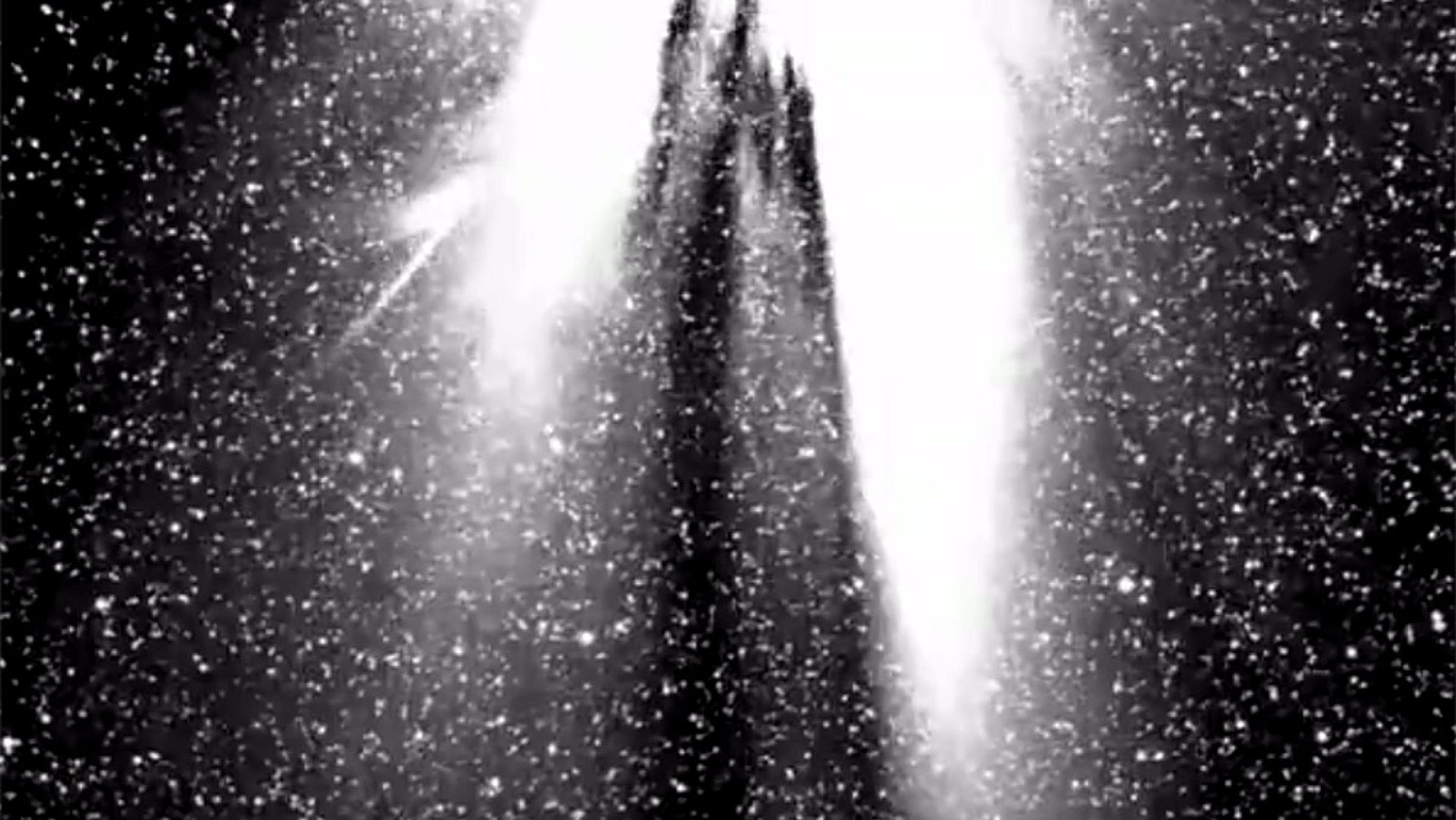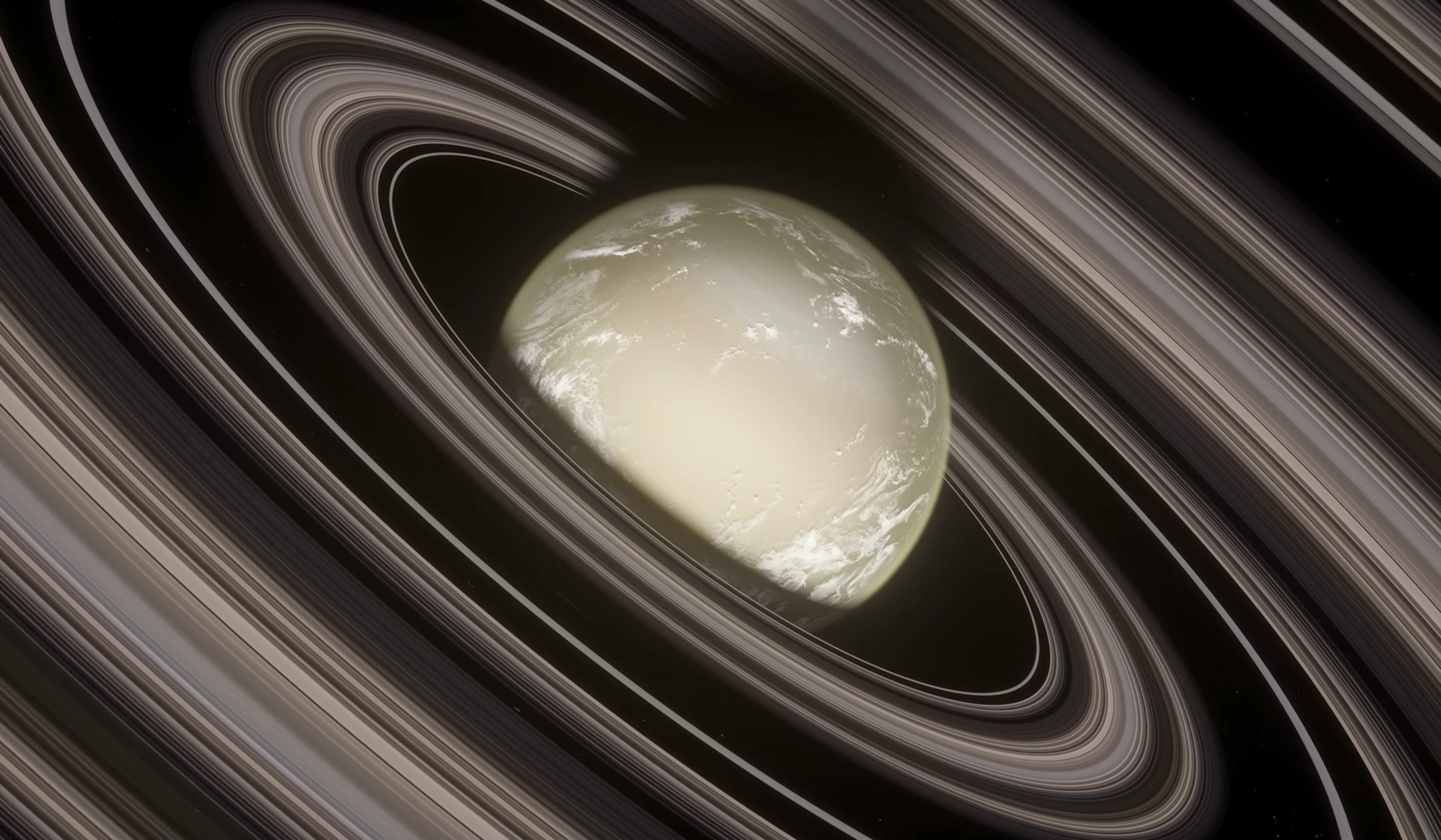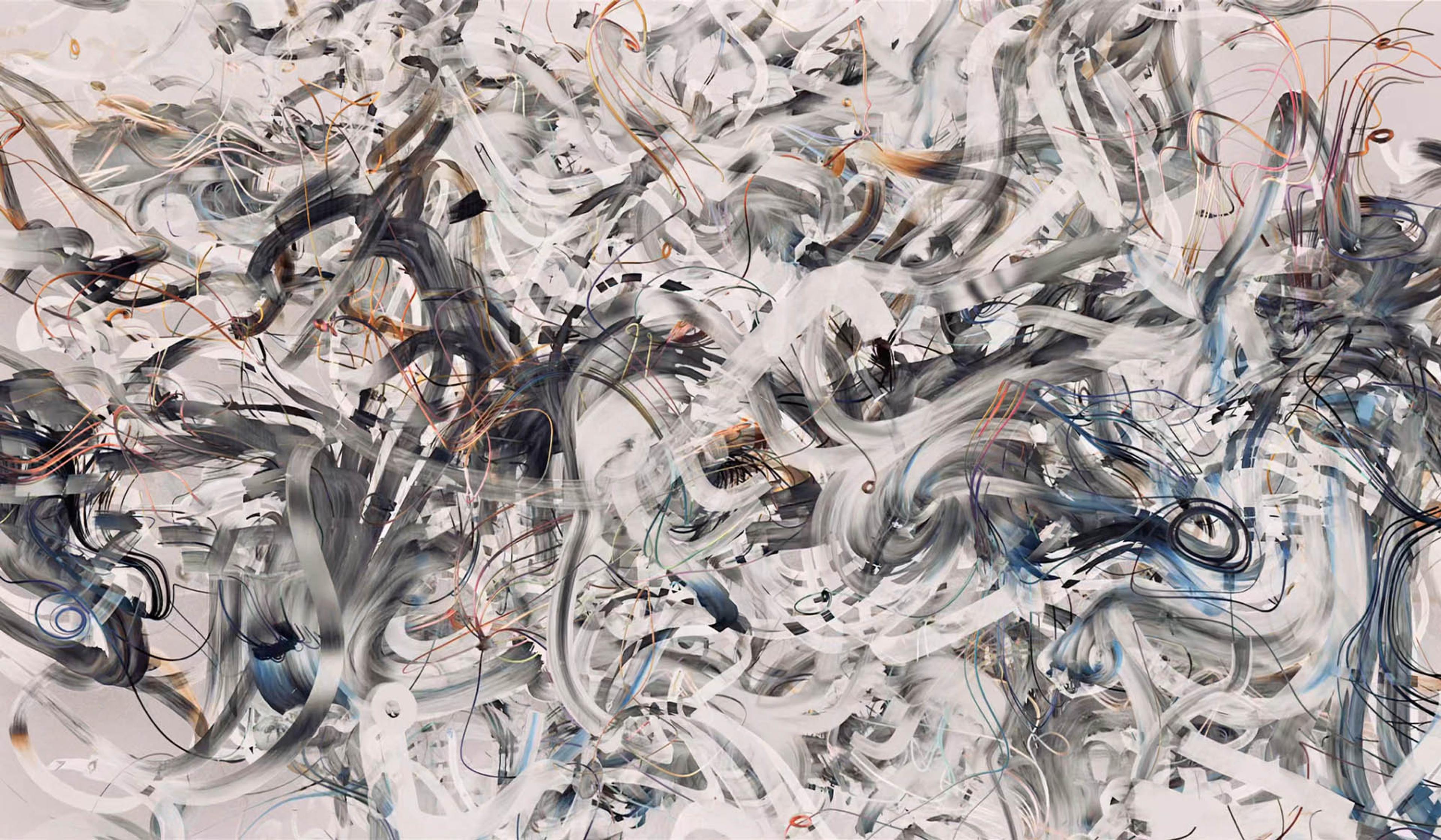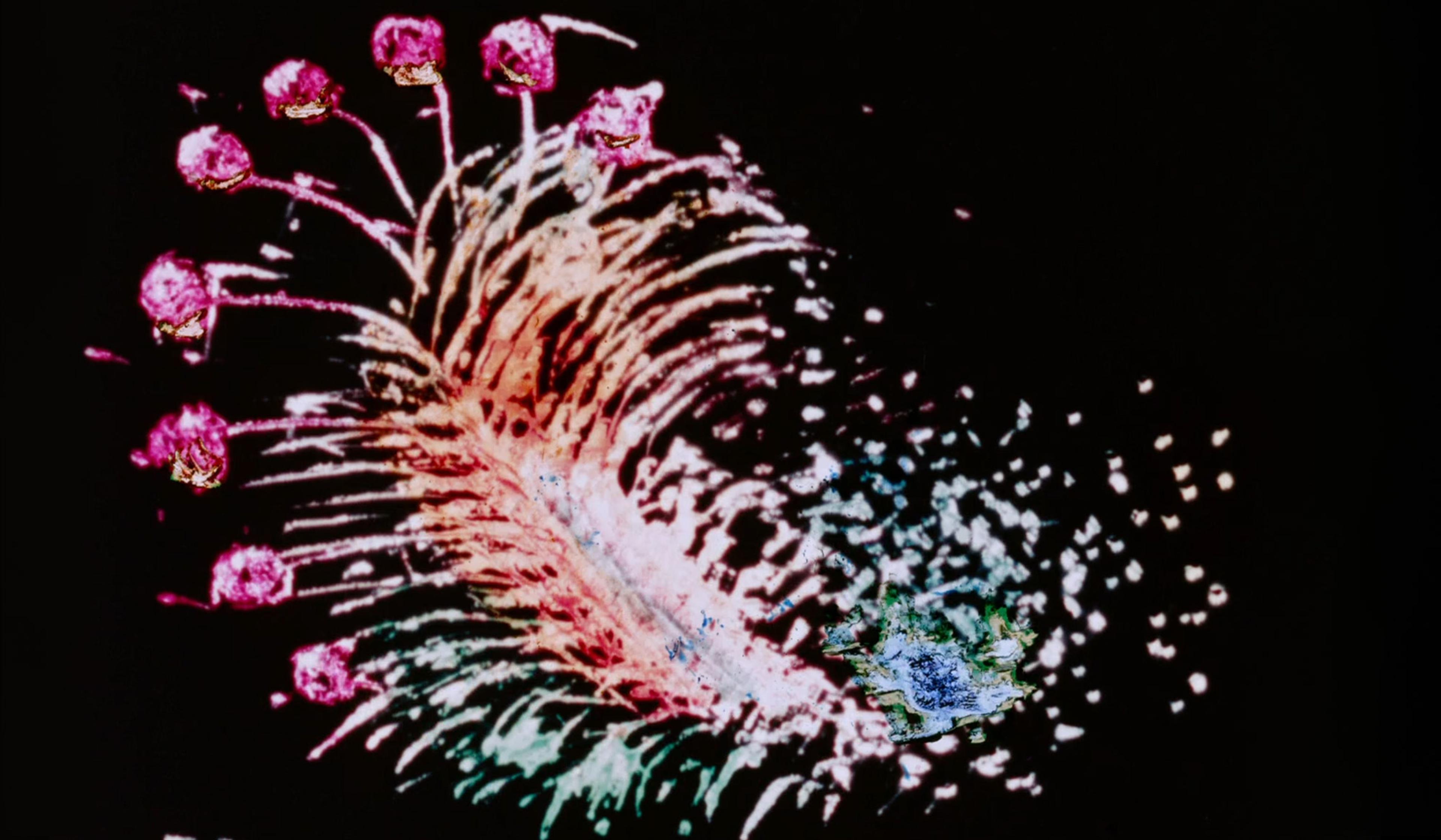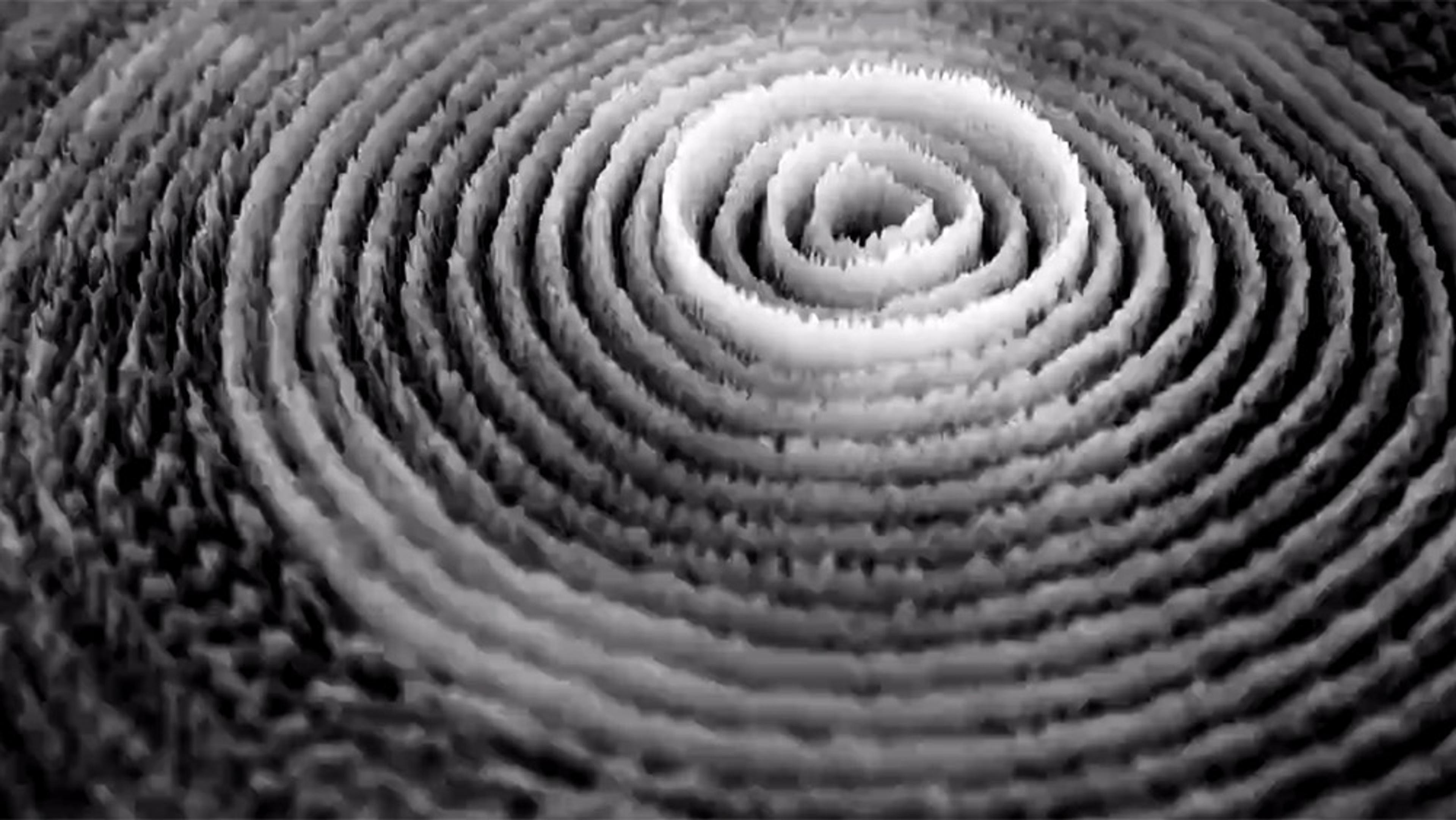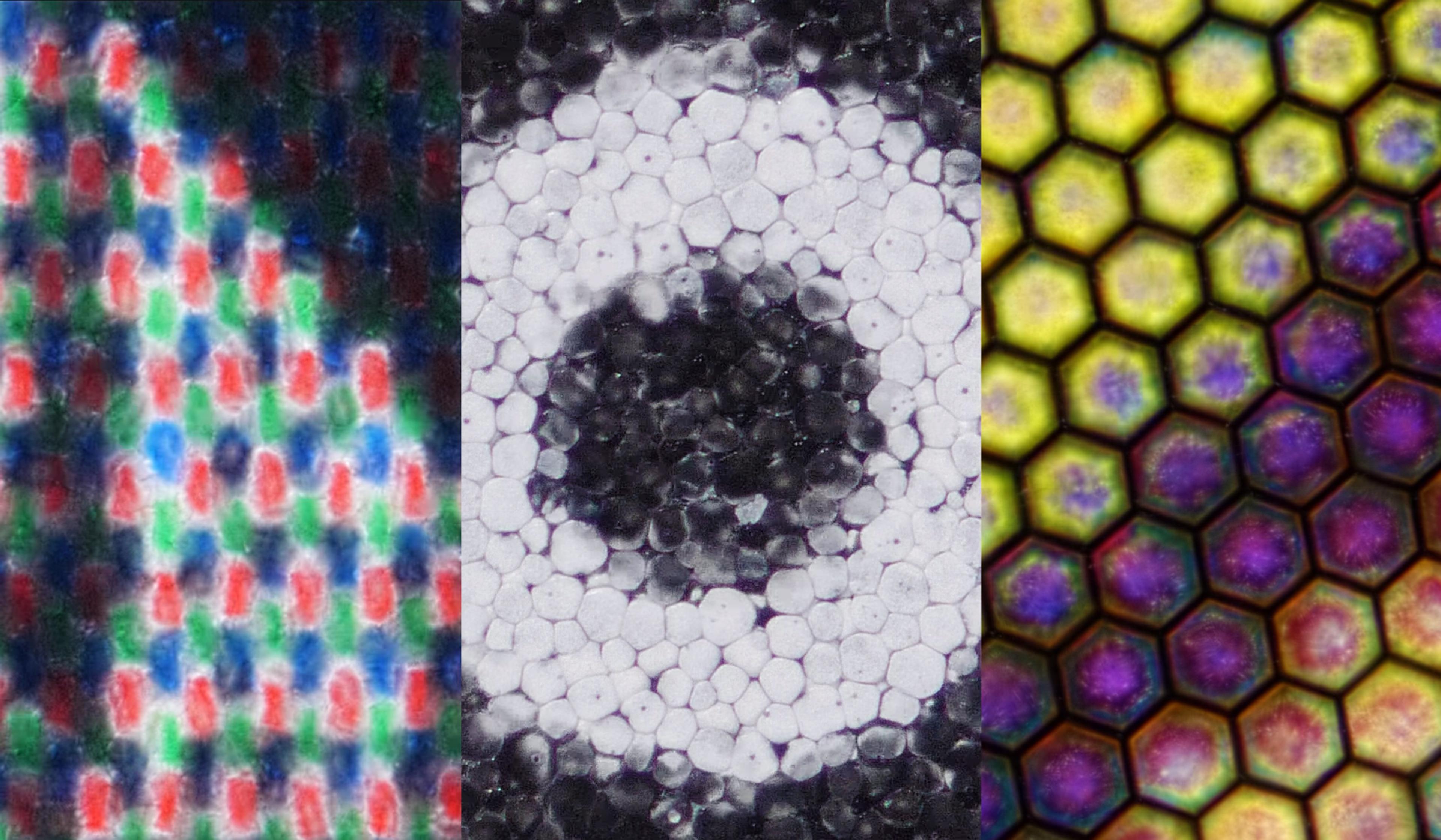Warning: this film features flashing light that could be unsuitable for photosensitive viewers.
The recently released images from the James Webb Space Telescope are dazzling accomplishments of human ingenuity. They’re also processed for maximum awe-inducing effect, with multiple pictures often combined to form one pristine image, and colours recalibrated for the human eye. The experimental short Brilliant Noise (2006) finds beauty in the unvarnished and little-seen imagery of space observation in its rawest form. Composed of gritty black and white videos built from NASA’s open data portal, the film features a compilation of solar-flare activity, complete with the flickering and static that are usually smoothed over in NASA-released public-outreach videos. Stripped down to their essence, these sequences possess a direct and guttural power – like a punk-rock alternative to the refined imagery that abounds in social media feeds.
